Bally Brand
The Bally Foundation Unveiled The Date Of The Grand Opening Of Villa Heleneum
Luxferity, 18.11.2022

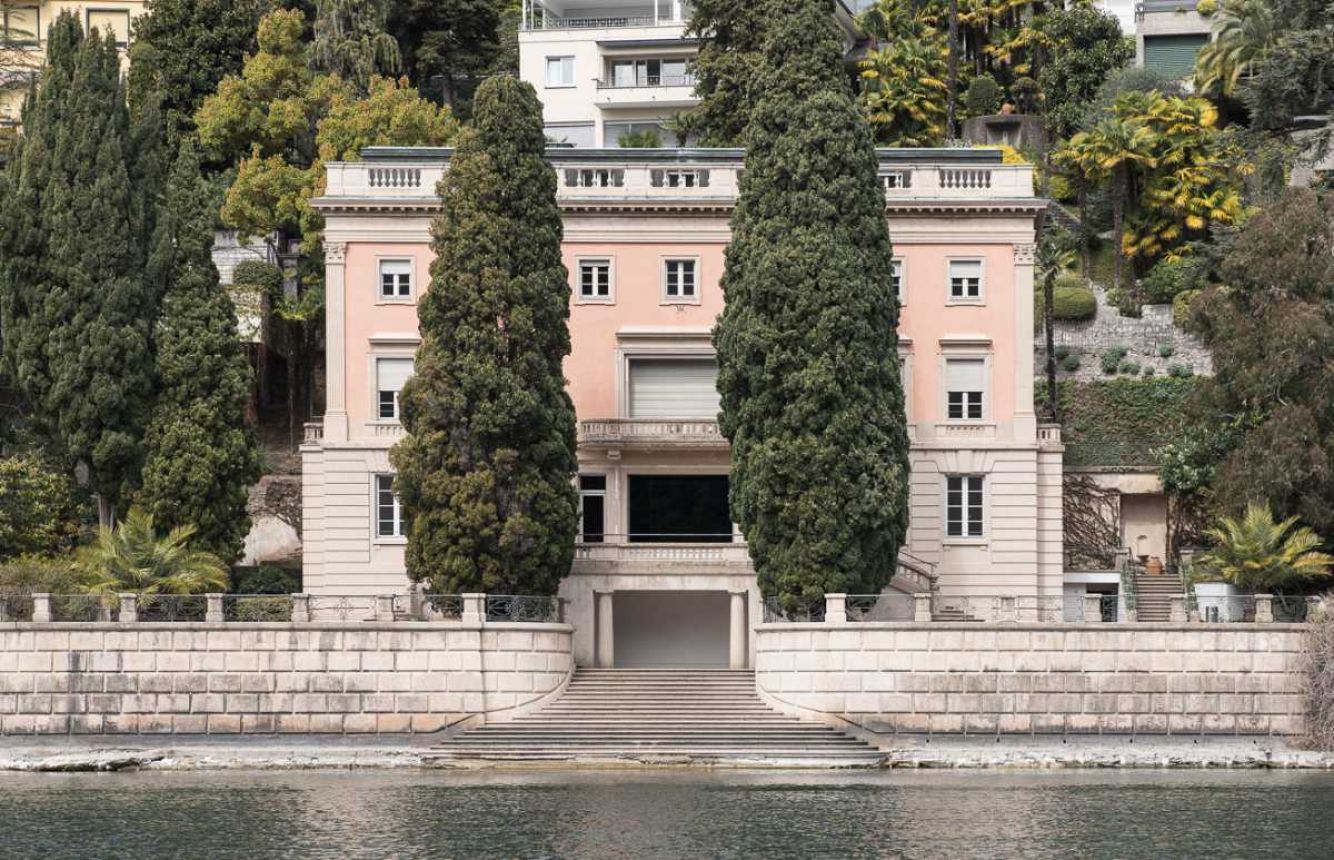
Villa Heleneum
Bally chose the beautiful setting of Villa Heleneum, the new Bally Foundation headquarters, to soft-launch the official opening of the villa as a uniquely concepted exhibition space, as well as keep all attendees informed of the ongoing works and planned programming to come. In attendance were selected guests and press representatives, as well as key members of the municipal authorities. Mayor Michele Foletti, and Deputy Mayor Roberto Badaracco both once again spoke on the soundness of the decision to entrust the Bally Foundation with the villa.
Bally CEO and President of the foundation of the same name, Nicolas Girotto thanked the authorities for their trust and unveiled the information that everyone has been waiting for: the official opening of the Bally Foundation/Villa Heleneum is scheduled for 20 April, 2023. He then outlined the various milestones and decisions that had been made since January this year, highlighting the challenges of meeting the project requirements. Following a competition, the architectural firm Migliore e Servetto was awarded the project. All that remained therefore, was to identify the person who could direct this new season of the foundation and its cultural program. This November, Girotto appointed Vittoria Matarrese as director of the Bally Foundation and of Villa Heleneum.
She has a proven track record in curatorial and artistic direction, from the Venice Biennale to Villa Médicis [most commonly known as ‘Medici’ but both are correct, use whichever you prefer] in Rome and the Palais de Tokyo in Paris. Girotto stated: “The art of generating ideas is the spirit that has always accompanied us at Bally. In fact, since its creation 171 years ago, over the course of the years Bally has built intense and fruitful relationships with the world of art, photography and graphic design. Numerous collaborations have taken place with personalities such as Bernard Villemot, Gunter Sachs or even Le Corbusier. These collaborations testify to a strong belief in art as a source of inspiration for new visions and new horizons.”
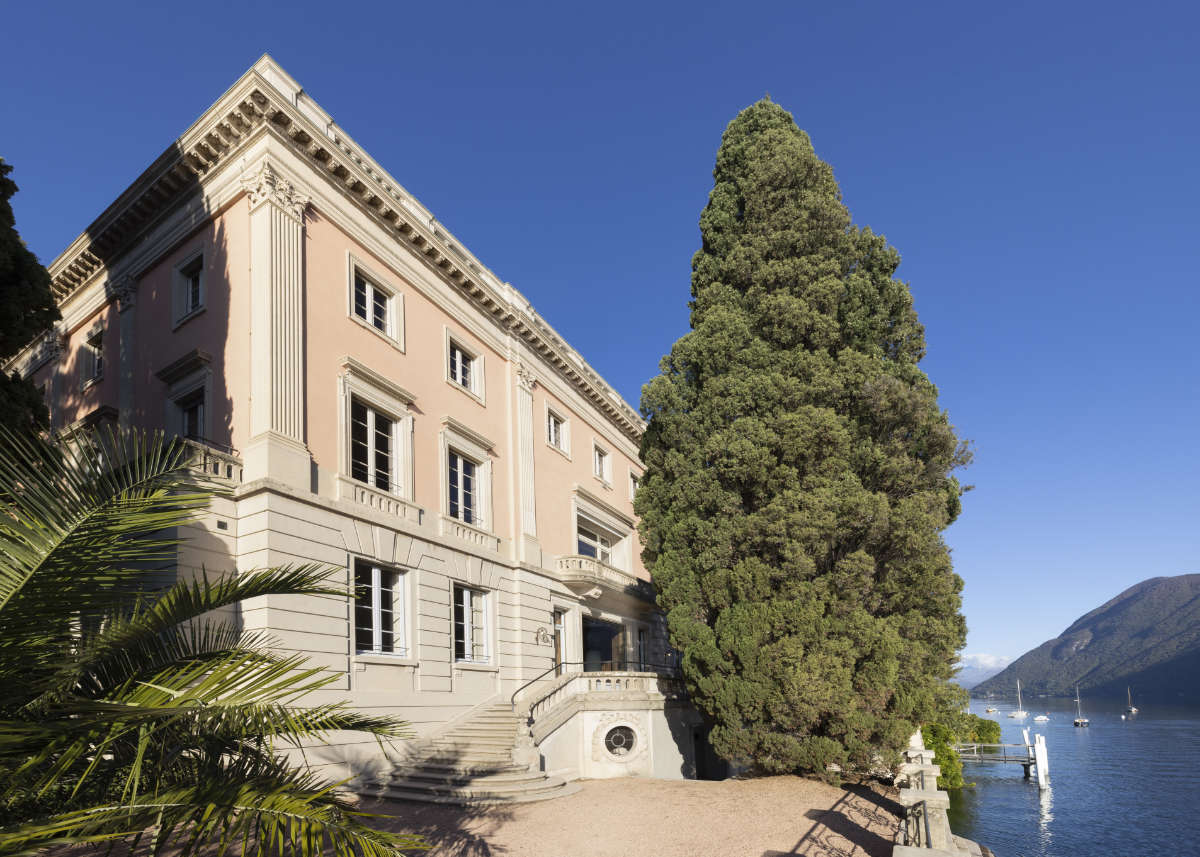
Finally, the new director, Vittoria Matarrese, presented her vision for the Bally Foundation and its headquarters, Villa Heleneum. Matarrese thanked the city of Lugano for its hospitality. She then outlined that the evening entitled “Acqua dolce” (Freshwater), was conceived as a prelude to future programming at Villa Heleneum, featuring performances by the artists Ola Maciejewska, a dancer and choreographer, and Christophe Chassol, a composer, pianist and video artist. The event served as a first, friendly encounter before Villa Heleneum closes for renovation in preparation for its reopening in the spring of 2023. Vittoria Matarrese summarized: “Today, the Bally Foundation wishes to anchor and expand its work with artists. This new phase in the foundation’s history is an essential chapter in the effort to understand the changes taking place in our societies, to raise awareness of an ecological and inclusive approach, to engage with creative personalities in all fields and create a vibrant space that is open to all generations. With a plan of two exhibitions a year, residencies open to curators and artists from around the world, and an impressive cultural program, the goal is to be diverse, challenging disciplines and finding new approaches. The Bally Foundation will invite singular artists and explorers as well as personalities, philosophers, writers, scientists and students to think of art as an experience and not as a form. To imagine new perspectives, to define a territory of free ideas, open to both an established and an emerging scene, and to propose diversified content for the educational program.”
The vision of Vittoria Matarrese
With the opening of a permanent office in Lugano, the Bally Foundation is developing the idea of anchoring and expanding its work alongside artists. This new phase in the foundation’s history is an essential chapter in the effort to understand the changes taking place in our societies, to raise awareness of an ecological and inclusive approach and to engage with creative personalities in all fields and create a vibrant space that is open to all generations. The opening of Villa Heleneum will offer a committed, intense place that provides subjective perspectives in the spirit of a home, in a warm and welcoming environment.
With a plan of two exhibitions a year, residencies open to curators and artists from around the world, and an impressive cultural program, the goal is to be diverse, challenging disciplines and finding new approaches. The Bally Foundation will invite singular artists and explorers as well as personalities, philosophers, writers, scientists and students to think of art as an experience and not as a form. To imagine new perspectives, to define a territory of free ideas, open to both an established and an emerging scene, and to propose diversified content for the educational program.
Now, with the architectural renovation of Villa Heleneum taking place, we think of the relationship with the public as a priority. In addition to a return to the original architecture that simplifies the building, the issue of the comfort of the public is a key focus. One of the many aims, it to create a space that could be used as a meeting place, or even a co-working space, in order to diversify its uses.
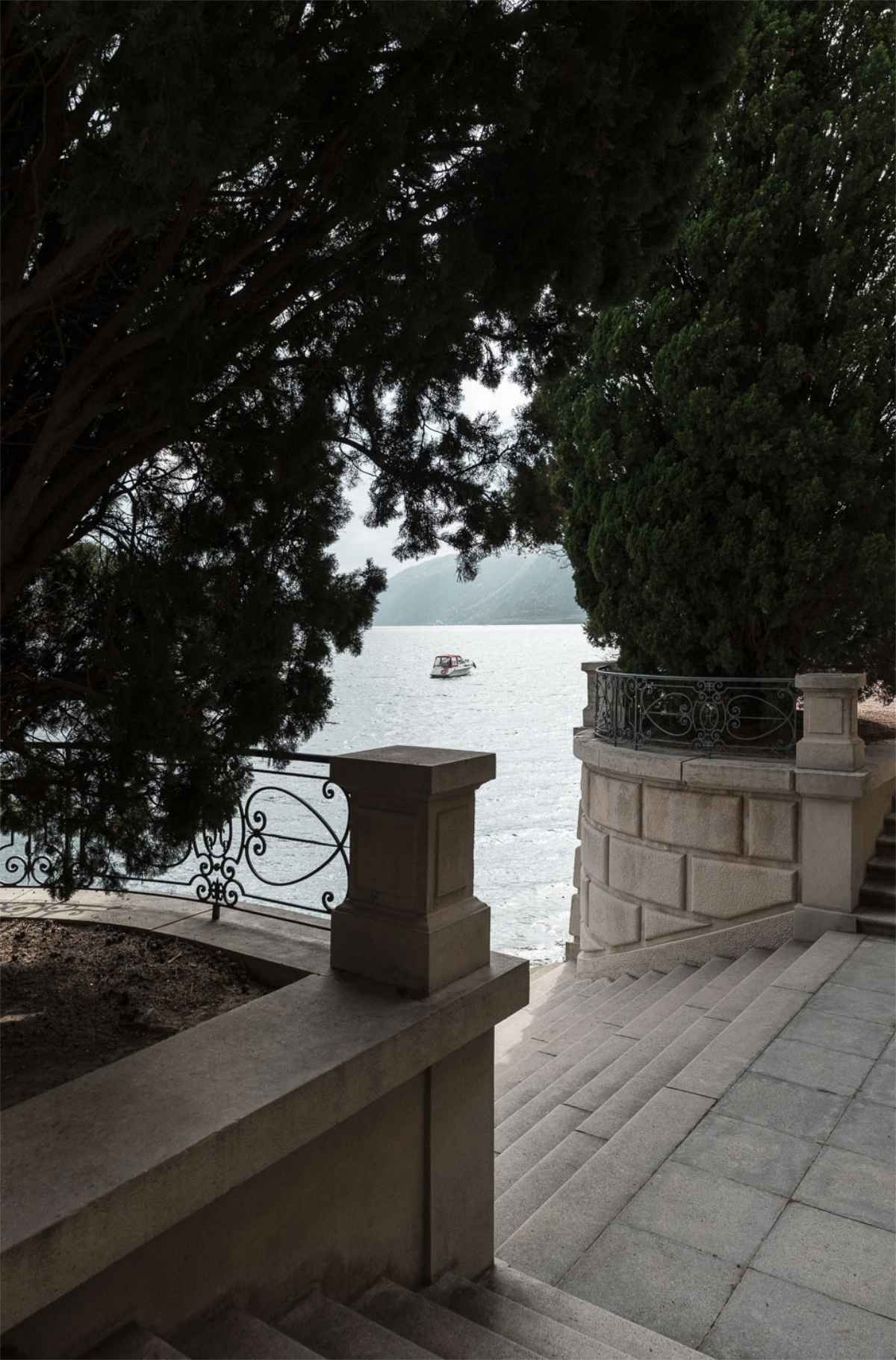
The program of the art residency—which will take place within two renovated apartments on the top floor of Villa Heleneum—will revolve around the site itself, capitalizing on the extraordinary historical and geographical riches. The idea is to create a series of projects and residences connected to the landscape and its lush nature; with guests working on the public garden, encouraging the wildlife that it welcomes, and taking moments of reflection on the surface of the lake, because as Gaston Bachelard wrote it in Water and Dreams, “the call of water requires a total gift, an intimate gift. Water wants an inhabitant.”
The Bally Foundation, thus conceived as a new cultural destination in Lugano, continues and intensifies the construction of a collaborative fabric with institutions in the area, in the dialog with local communities, associations, businesses, as well as creating widespread relations with the national and international territory with presence and support for major events and museums. Thanks to the willingness and support of Bally’s CEO Nicolas Girotto and MASI Lugano’s director Tobia Bezzola, at future editions of the Bally Artist Award, a work by the winner will be integrated into the museum’s collections, offering greater visibility to the artists and promoting, in particular, research inspired by the relationship between the community, technologies of the future and nature.
To give due value to this ancestral savoir-faire and the historical quest for collaboration with artists present since the brand’s beginnings, one of the villa’s rooms will be entirely dedicated to a cross-reading of the rich archive of Bally’s collections. A way to deepen an interdisciplinary reading and to invite designers, visual artists and academics, to offer different interpretations, other points of view on creation and its mutations, as a tool for discovery, critique and teaching.
In this way, we will bring forward at Villa Heleneum a new approach of proposing and understanding art to encounter a natural landscape and a landscape of ideas, offered to the eye as well as to the mind. Three fundamental pillars characterize the Bally Foundation: ecology, research and diversity.
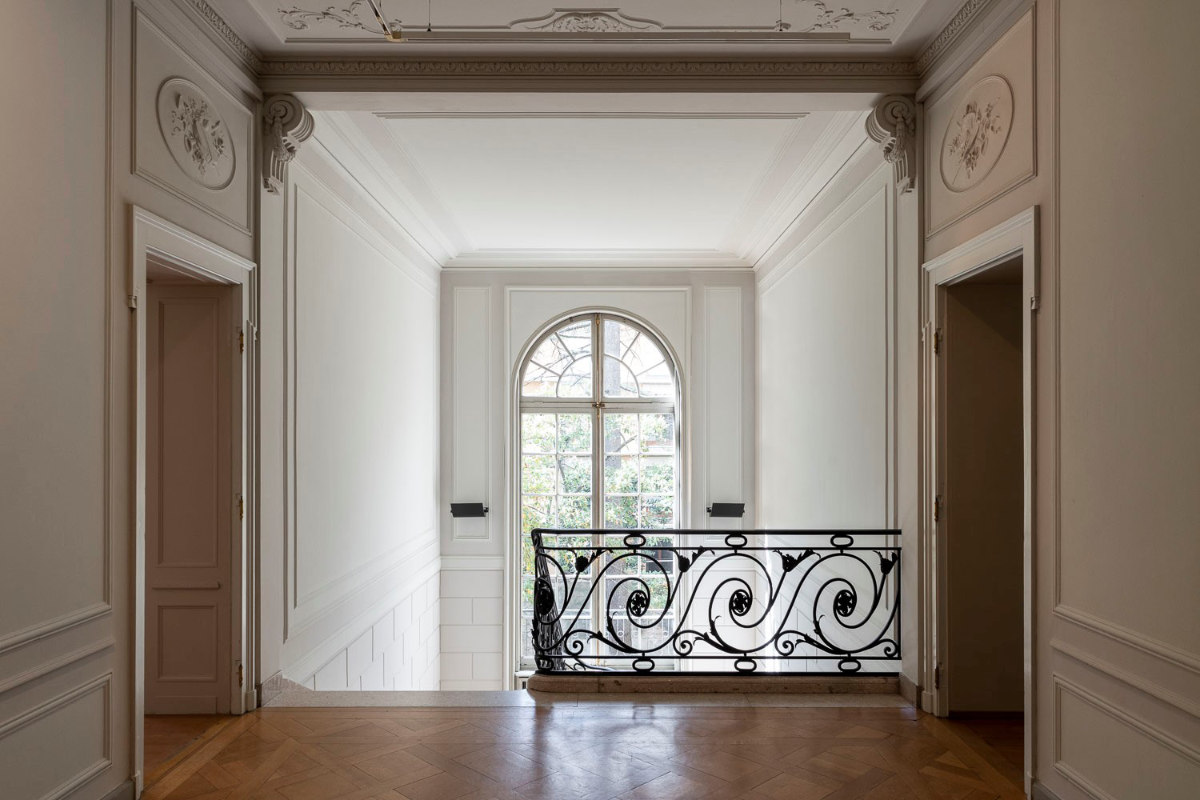
Bally Foundation:
Created in 2006, the Bally Foundation extends and amplifies the brand’s desire, since its inception in 1851, to collaborate with creative and visionary talents in order to push the boundaries of research and innovation beyond the fashion sector. Designed to support creation in different fields, the Bally Foundation works alongside various art and cultural institutions as well as with diverse artists. In fact, the Bally archives are home to more than 171 years of creation and are a true testament to how the brand has always collaborated with artists, graphic designers, architects, designers and famous photographers, from Bernard Villemot to Gunter Sachs and even to Le Corbusier. This concern for openness of ideas and anchorage to one’s own time continues to this day with the appointment of Rhuigi Villaseñor as the brand’s new creative director and Vittoria Matarrese as director of the Bally Foundation. More than ever, the Bally Foundation proposes and defends values such as dialog, diversity and inclusiveness.
Within the Bally Foundation, support for creation is carried forward with another imperative: ecological and environmental concerns. Bally’s connection to nature, and more specifically to the mountains, stems from its alpine origins. In its history, the brand has always sought the virtuous balance of the relationships between man, nature and technology, and this ambition in particular led Bally to sponsoring expeditions in the early 20th century with mountaineers such as Raymond Lambert and Lionel Terray. Today, the brand continues this tradition, more necessary than ever, through a dedicated foundation, the Bally Peak Outlook Foundation, whose mission is to clean and protect the world’s fragile mountain habitats from the negative effects of global warming and excessive tourism.

For more than 16 years, the Bally Foundation has worked primarily to support and build a network of strong relationships within the local intellectual and art scenes. From now on, it seems imperative to promote the emerging and confirmed Swiss art scene, which is increasingly attentive to ecological and contemporary issues. Starting this fall, with the appointment of its new director, Vittoria Matarrese, and in the spring of 2023 with the opening of its new headquarters, the Bally Foundation embarks on a new chapter with a 700-square-meter space dedicated to art in all its forms: the Villa Heleneum in Lugano.
At Villa Heleneum, the Bally Foundation’s program will be linked to the land, the history of the place and man’s relationship with his environment. From a confirmed scene to a more emerging one, the foundation will deploy a diverse program that combines bi-annual exhibitions, meetings, performance evenings, parallel programs, but also the creation of a research residency and the production and animation of workshops and thematic tours in collaboration with institutions and experts in the field. Internationally, the foundation wishes to establish strong partnerships with various museums and art centers in the desire to work hand in hand with the development of a series of homegrown programs. Extending the ideas of the Bally Foundation internationally, these collaborations will focus on promoting an emerging contemporary scene at the forefront of ecological issues and themes on inclusion.
In a more unified vision, Matarrese wishes to bring together the foundation’s diverse goals with projects firmly rooted in diversity and internationality, themes that are never irrelevant. Thus, among the most important pillars that will be developed by the foundation in the years to come are support for art in all its forms, nature at the center of common interests, promotion of research, transmission to local and foreign audiences, and the exchange and willingness to forge close and lasting area and at the international level. The Bally Foundation will thus be able to rely on the values of the brand, which, since its inception, has embodied openness, know-how and ancestral rigor in the field of sustainable creation.
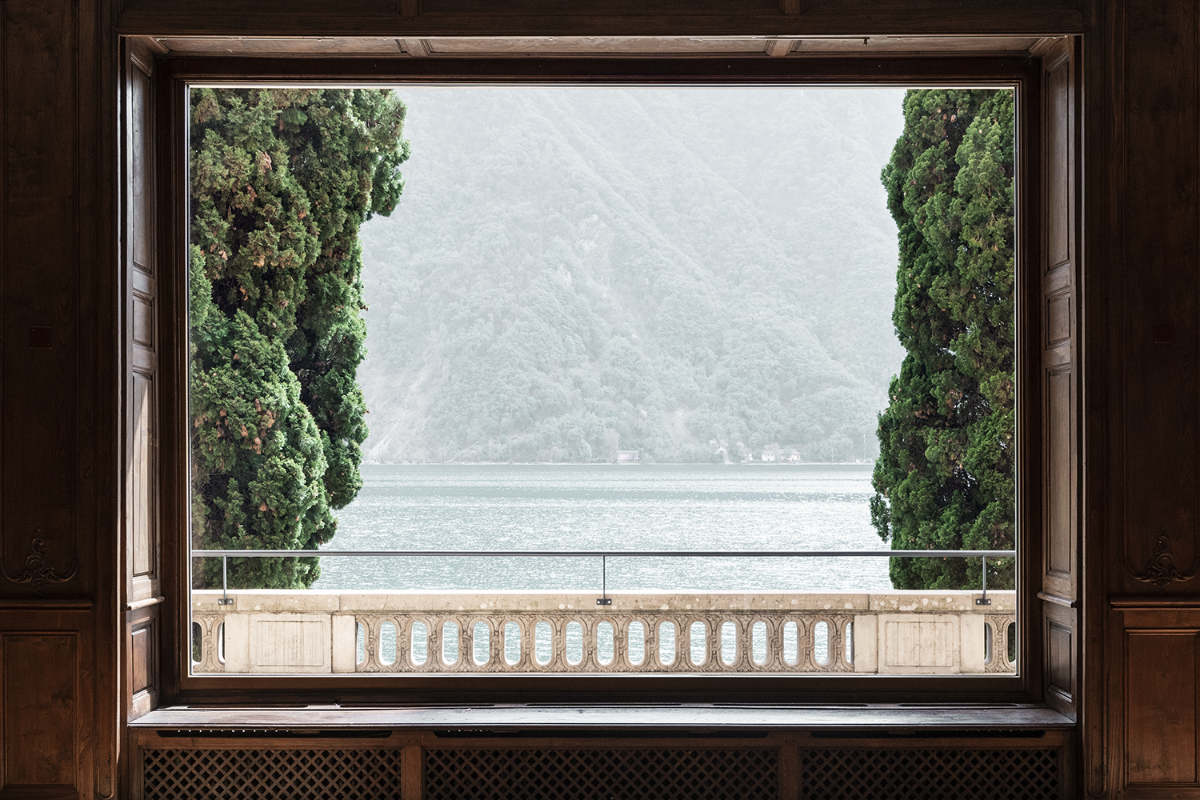
Villa Heleneum
In the spring of 2023, the Bally Foundation will open a 700-square-meter space dedicated to contemporary art inside the Villa Heleneum in Lugano, Switzerland. Built between 1930 and 1934 on the site of the former Villa Caréol, Villa Heleneum is an emblematic place in Lugano and has been home over the years to various activities combining art, research and transmission. At the origin of this extraordinary place is a mysterious character: Hélène Bieber, an elusive figure, perhaps a dancer in Paris or perchance a patron in the French ateliers frequented by Picasso, among others. Born in 1890, Hélène Bieber was a cosmopolitan and cultured personality who had the ambition of creating a center of cultural and social emulation in the heart of Ticino in the 1930s. Taking the neoclassical architecture of the famous Petit Trianon in Versailles as her model, she collaborated with architect Hugo Dunkel to create her Villa Heleneum. Unfortunately, due to the economic crisis of the 1930s and the advent of World War II, she could not achieve her ambitions and the villa was only sporadically inhabited.
Bally Foundation at Villa Heleneum
Throughout its history, Villa Heleneum has accommodated the aspirations of various personalities. Dance, music, arts and sciences succeeded each other there, in close connection with the ambitions of its founder Hélène Bieber. Following this line, the Bally Foundation truly seeks to bring to life the cultural and social emulation project that Hélène Bieber then envisioned for the villa. Directed by Vittoria Matarrese, Villa Heleneum will combine a dense and diversified program: exhibitions, performances, festivals, screenings, debates, residencies and workshops in which the public will be invited to immerse itself and interact. Across the board and with a desire for inclusivity, expansion and openness, the Bally Foundation will support, within this place steeped in history
and creativity, all disciplines of contemporary creation—without exception— from painting to video or sculpture, to fashion and performance, including research.
By investing in the recovery of a historic site and opening it to the public, the Bally Foundation aims to be one of the players in building the city of Lugano of tomorrow by opening up dialog and playing on a local and international scale.
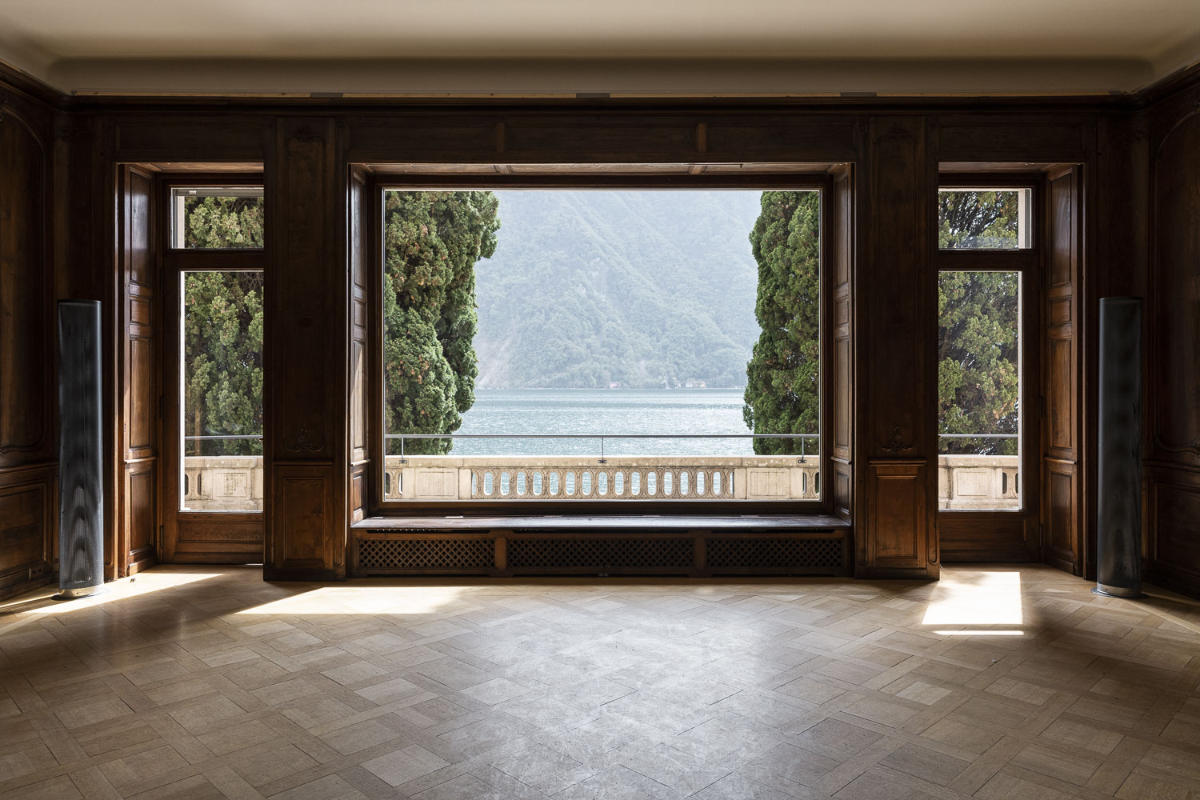
Location
Located on the shores of Lake Lugano, on one side Swiss and on the other Italian, Villa Heleneum is a place of cultural and linguistic confluence between the north and south of the Alps, between Latin and Germanic Europe. But more than a strategic location, Villa Heleneum is a building entirely embedded in its surroundings. Every floor of the villa, every viewpoint is open to Lake Lugano and its horizon to the peaks of Italian-speaking Switzerland (Monte San Salvatore, Monte Generoso or even Monte San Giorgio). Within it we are transported by a sublime, cohesive feeling that overwhelms the visitor, as indeed is evidenced by the central stairs that seem to lead directly into the lake. To complete this picture, Villa Heleneum is set within a rich public garden with a Mediterranean appearance. Here you will find diverse species of trees such as cedars, cypresses and eucalyptus as well as plants ranging from palms to ferns, camellias, wisteria and roses.
Renovation and restoration of Villa Heleneum
Entrusted to the architecture and design firm Migliore+Servetto, the Villa Heleneum renovation project includes a redefinition of the spaces, as well as a retrofitting of the building. The choice of this internationally acclaimed architectural firm came about because of the architects’ ability to compose with natural elements, where light and lightness take center stage in unique environmental creations. Dialog, attention to the public’s needs, respect for the site and a desire to return as accurately as possible to the original building envisioned by Hélène Bieber were instrumental in designating the uses of the spaces.
Ico Migliore, Mara Servetto and their team of international architects and designers conceive, at different scales, projects characterized by an expressive use of light and new technologies. They have received numerous international awards, such as the XXI (2008), XXIII (2014) and XXV (2018) ADI Compasso d’Oro. Ico Migliore is a professor at Politecnico di Milano, where he works alongside Achille Castiglioni. He is also a full professor at Dongseo University in Busan, South Korea. Mara Servetto is a visiting professor at Joshibi University of Art and Design in the special wards of Tokyo, Japan.
Acqua dolce (Freshwater) Evening 11/11/22
Acqua dolce is a shared moment, a prelude to the opening of the Bally Foundation in its new home at Villa Heleneum in Lugano, which will take place in the spring of 2023. Intended as an autumnal celebration—before the villa goes into hibernation for construction, only to be reborn in the spring—this evening of “Freshwater” reveals the major pillars of the Bally Foundation’s plan for the future and pays homage to the history of the place by immersing itself in its roots.
Bringing together the work of two artists of the international scene, Ola Maciejewska, dancer and choreographer, and Christophe Chassol, composer, pianist and video artist, “Acqua dolce” revisits two moments in the history of the villa. Built in the 1930s—by Hélène Bieber, a character we can imagine was also a dancer—Villa Heleneum was later the site of a piano conservatory where the great Martha Argerich perfected her skills.
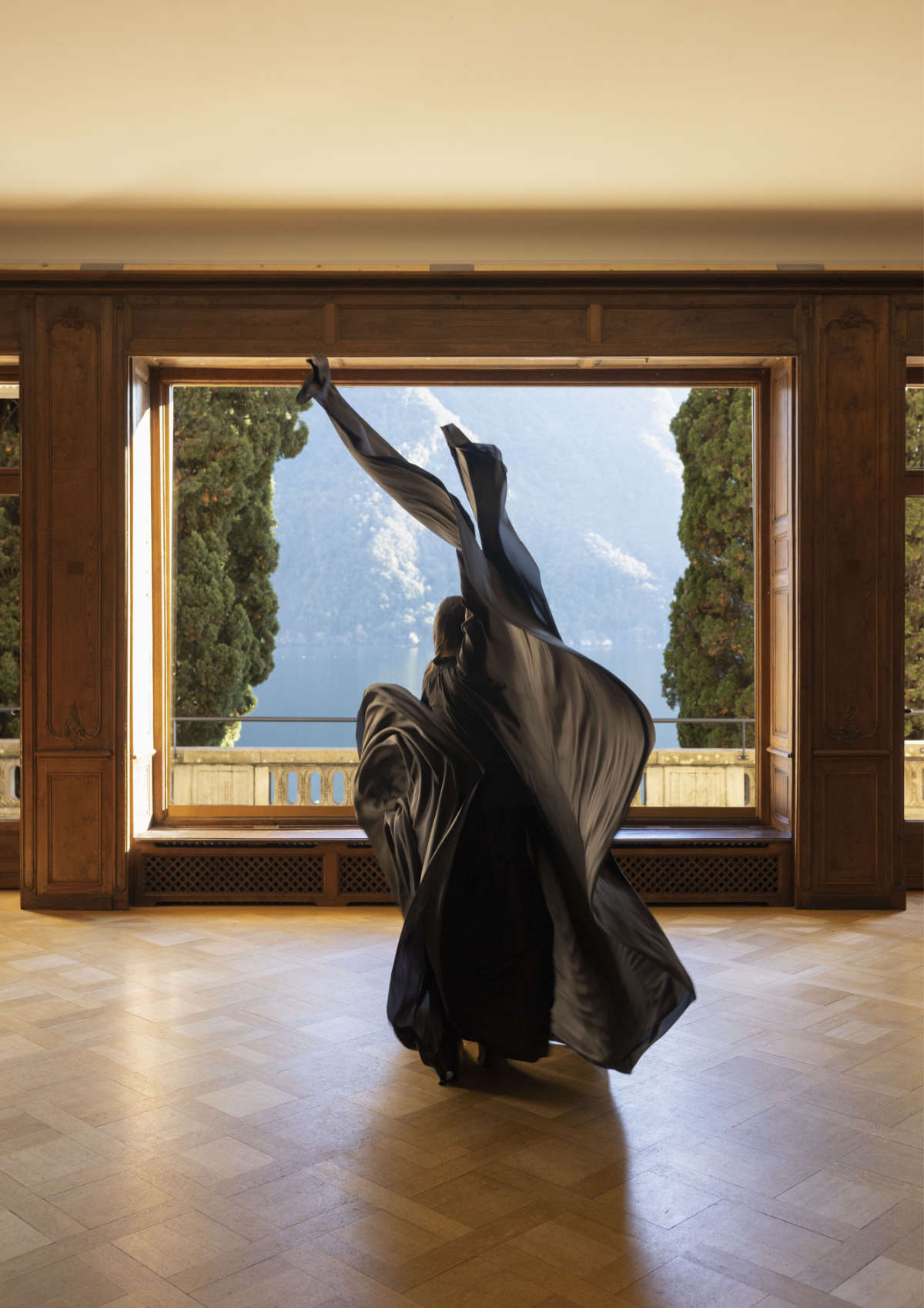
Ola Maciejewska will therefore perform a dance solo, Loïe Fuller: Research, in homage to the American choreographer and dancer Loïe Fuller and in particular in reference to the Serpentine Dance and its many variations. A pioneer of modern dance, Loïe Fuller was one of the first choreographers to liberate the body to the point of making it disappear, to reverse its use by playing with arms rather than legs, and to use ingenious accessories to multiply the fluidity of movements. Ola Maciejewska experiments with this research at the boundary between the plastic and living arts through the re-appropriation of the famous Serpentine Dance cited and taken up by many performers since its invention in 1892. Thus, in addition to an emblematic tribute to the historical figure, Loïe Fuller: Research—a work in progress in perpetual evolution, adapted from time to time to places and landscapes—will also be a wink at Hélène Bieber, founder of the Villa Heleneum, in an opportunity to be as one with the ghosts of history. Similarly, the performance Ultrabirdz by Christophe Chassol, a composer, pianist and video maker, revisits in a contemporary key the villa’s past, which hosted, from 1969 to 1971, a conservatory for concert pianists to perfect their art school under the direction of Carlo Florindo Semini, Arturo Benedetti Michelangeli and Franco Ferrara. Beyond the reference, Ultrabirdz is above all a way to explore the symbiosis between humans and their environment in which the artist mixes a video with images of flight and birdsong with live piano improvisation. Composing and leading us to discover the sound of true life is the common thread in Chassol’s work, who subtly reveals a poetic way of immersing himself in nature with this piece.
Ola Maciejewska
Choreographer, performer and playwright, Ola Maciejewska (1984, Poland) graduated from the Polish National Ballet, the Rotterdam Dance Academy and Utrecht University. Her work, combining plastic and theoretical research, focuses on great figures in the history of modern dance such as Loïe Fuller or Simone Forti. This reinterpretation and rewriting of historical movements by her own body testifies to the desire to question the notion of writing, transmission and emancipation. Her work has been exhibited at the Centre Pompidou (Paris/ Malaga/Brussels), Museum of Contemporary Art (Chicago), National Taichung Theatre (Taiwan), Guggenheim Museum Bilbao, Royal Opera House (London), Musée d’Orsay (Paris) and the 14th Biennial of Lyon. From 2016 to 2018, Maciejewska was an associate artist at the Centre Chorégraphique National de Caen. She received the Internationale Tanzmesse NRW scholarship in 2020 and The Watermill Center scholarship in 2022. Alongside her personal practice, Maciejweska performs in projects such as those of Bruno Listopad (PT), Nicola Unger (DE), Philippe Quesne (FR) and Bojan Djordjev (SR).
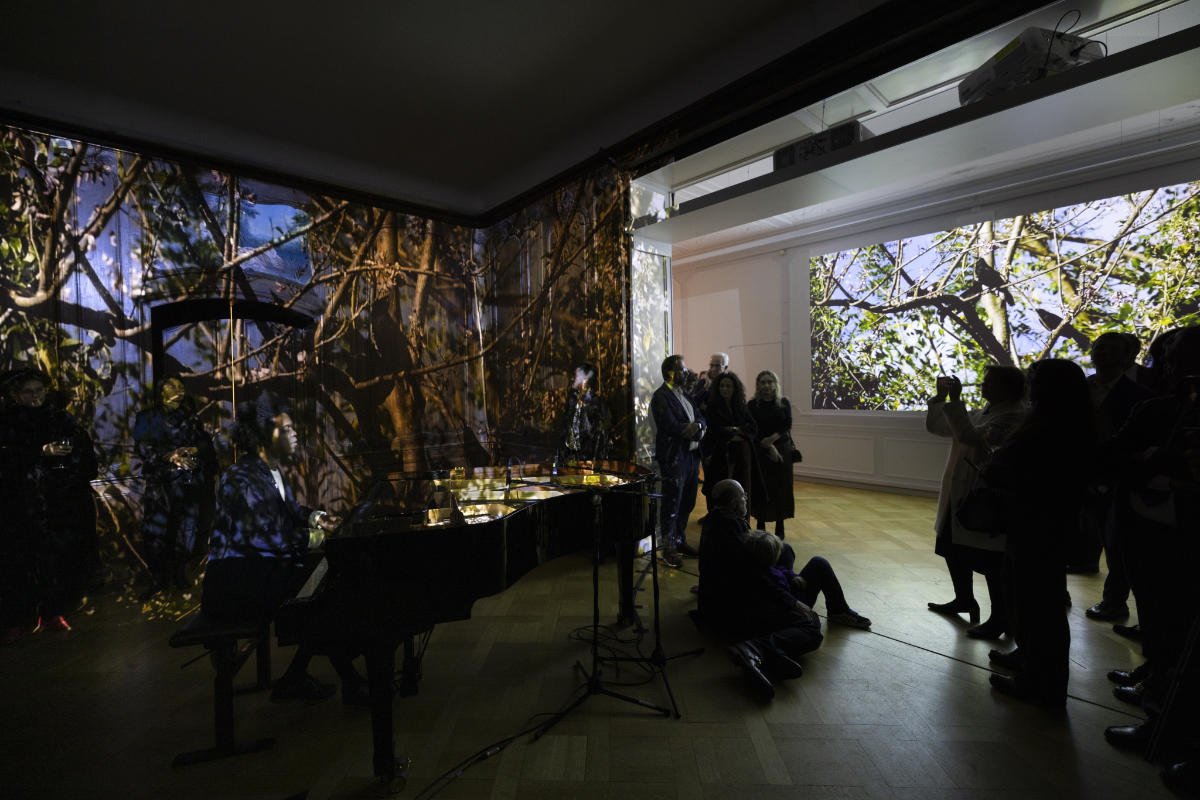
Christophe Chassol
Christophe Chassol (1976, Issy les Moulineaux, France) is a French composer, musician and video maker of Martinique origin. Educated at the Paris Conservatory and Berklee College of Music in Boston, he is recognized both for his personal works and for his various collaborations with major names on the international music scene such as Frank Ocean, Solange, Sébastien Tellier and even Phoenix. Chassol composed for film, television and advertising before developing a singular method of composition, which he called Ultrascore: the setting to music of concrete sounds, taken from life in the sound environment of the surrounding world and integrated into a more global harmonization. His multisensory works are an attempt to harmonize the world, the real and the living in a horizontal, cosmomorphic vision. In 2014 Chassol won the FAIR selection and the Prix Deezer Adami Award. Chassol is also a radio host, particularly on France Musique.
Bally
Since its creation by Carl Franz Bally and his brother Fritz in 1851, Bally has been the custodian of unique craftsmanship in footwear, which has been able to renew itself over time while preserving its original values of openness, innovation, respect and sustainability, as well as its own strong and committed identity.
Bally’s history is intertwined with great encounters and events that have shaped the collective imagination: in the 1920s Charlie Chaplin wore the brand’s shoes and Empress Sissi—Empress Elisabeth of Austria—wore Bally boots on her wedding day. In 1953, Edmund Hillary and Tenzing Norgay became the first mountaineers to climb Everest wearing Bally technical boots, while in 1969 Neil Armstrong, the first man to walk on the moon, wore shoes with soles developed by the brand. Bally also shod the Swiss Curling team during the 1956 Winter Olympics. From perfecting leather work to rubber sole notches, even up to the use of X-rays in stores, Bally has always been ahead of its time and at the forefront of innovation.
The brand’s production was able to develop rapidly by combining the tradition of manufacturing with the use of innovative industrial technologies, reaching an international scale by 1870 with stores in South America and Europe. Today, its extensive retail network covers five continents and expanded into accessories and ready-to-wear production in 1976. More than 171 years after it was founded, Bally and its team of multi- generational artisans continue to produce pieces made in Switzerland in a human-scale factory that continues its highly-crafted production.
Bally’s social and ecological commitment
In addition to its ambition towards the quality and longevity of its products, Bally is committed to the social and environmental responsibility of the brand. Since the company’s inception, founder Carl Franz Bally has been able to implement innovative principles for his employees, including on-site infrastructure such as a canteen and childcare center.
Carl Franz Bally would even go so far as to transform the Swiss town of Schönenwerd by building educational, residential and recreational facilities. His vision was simple: to spread know-how within the community, with a view to balancing professional life and social welfare. Building on this tradition of mutual aid and redistribution, Bally’s commitment is still based on active social engagement with the establishment and publication of a code of ethics for the brand that emphasizes respect, responsibility, gender equality and inclusiveness.
Bally’s deep respect for nature and the environment stems from its Alpine background. The fate of the brand has always been intimately linked to that of the surrounding nature that has forged its identity in terms of creativity, responsibility and ecological needs. Today, Bally is proud to be part of the Fashion Pact, an international coalition that brings together a number of fashion and textile companies around a set of commitments to protect the planet. By setting practical scientific goals, the Fashion Pact combats the harmful effects of the industry on the climate, for the restoration of biological diversity and the protection of the oceans. In addition, the offices of the brand’s headquarters and related workshops, located a few kilometers from Lugano, are now equipped with solar panels that provide 80% of the energy needed for operation. In 2020, Bally introduced the Bally Peak Outlook Foundation, whose mission is to protect the world’s fragile mountain habitats from the negative effects of global warming and excessive tourism. By raising awareness worldwide about the crucial issues that threaten the future of these extreme landscapes, the foundation also empowers local communities to enact lasting change, from its “8x8000m” effort to clean up eight 8,000-meter mountains in the Himalayas, to its support of local rangers in Kilimanjaro National Park in Tanzania.
To continue this path of respectful innovation always combined with creative and inspiring figures, Bally recently appointed a new creative director, Rhuigi Villaseñor. Born in Manila, Philippines, Villaseñor is the founder, CEO and artistic director of his own brand Rhude, created in 2015. He presented his first collection for Bally, titled Ecdysis, on the Milan Fashion Week Spring/Summer 2023 runway. At was internationally- received as an inclusive and diverse collection that interrogates notions of gender and identity in a desire to decode and amplify the foundations of the Bally brand.












